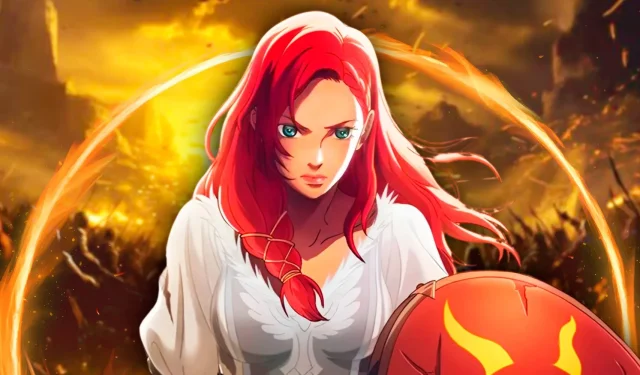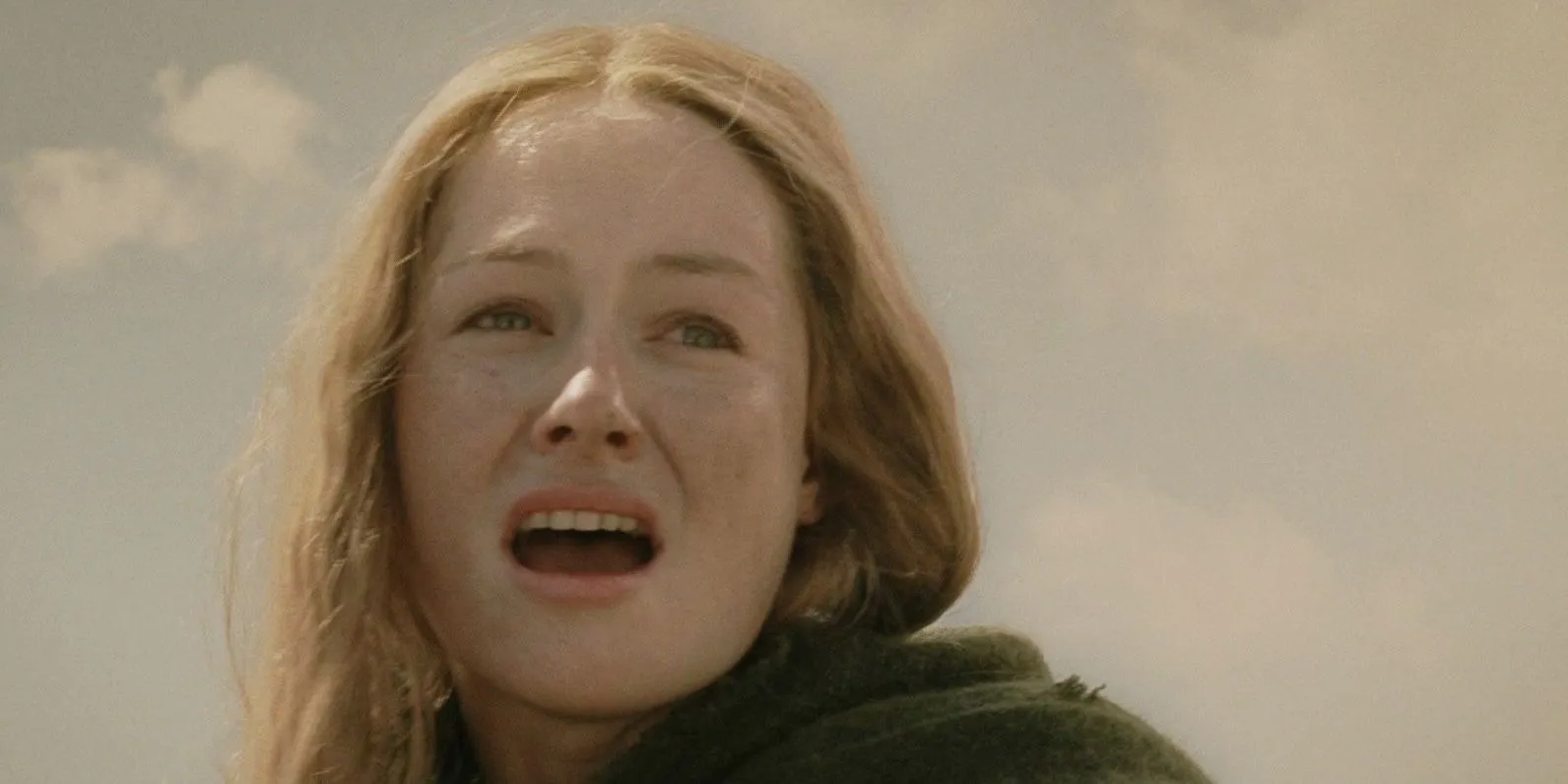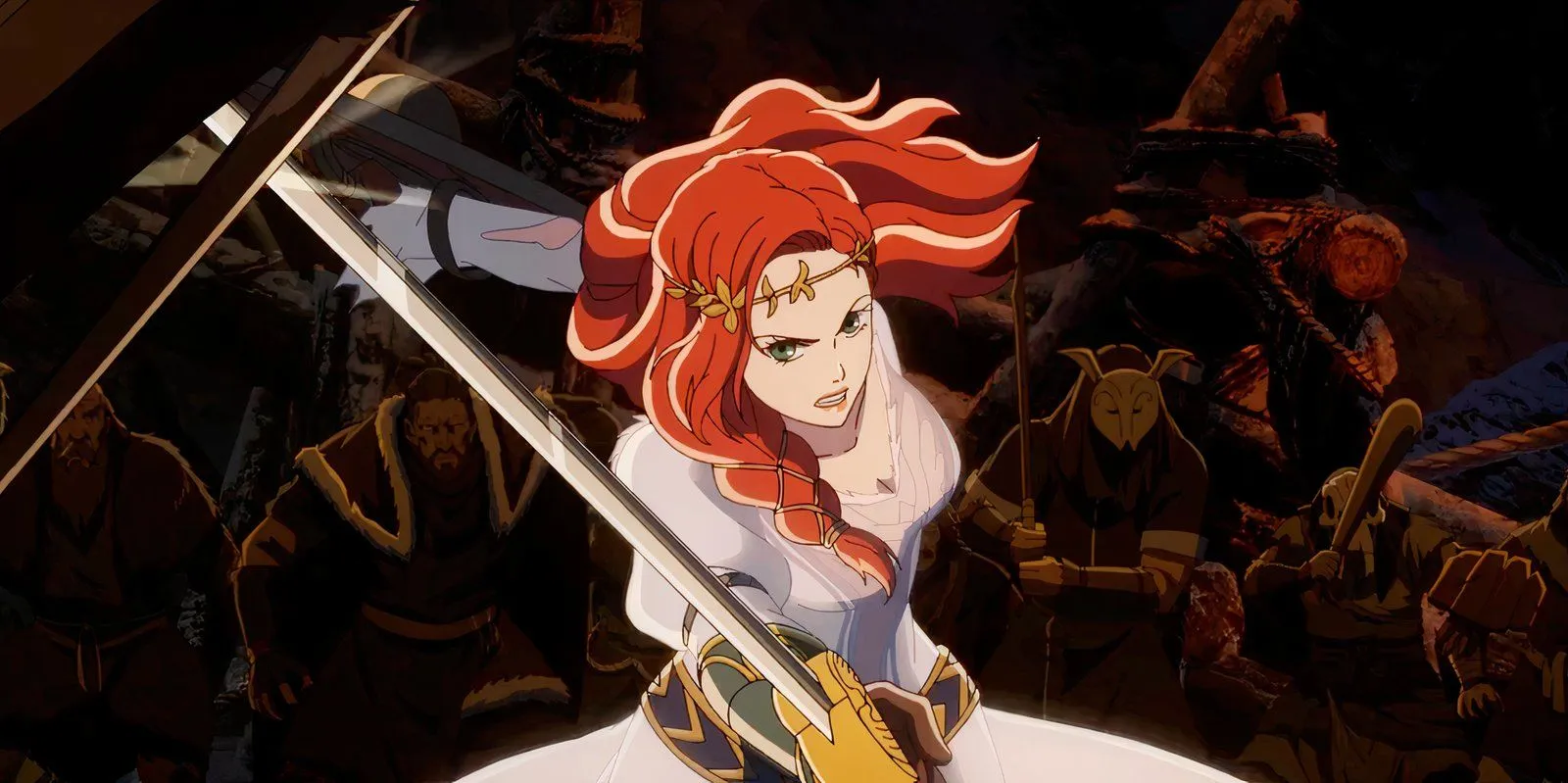
Note: The content contains SPOILERS for The Lord of the Rings: War of the Rohirrim.
In The Lord of the Rings: War of the Rohirrim, Héra emerges as a central heroine, capturing the attention of audiences eager to learn about her fate beyond the film. As the daughter of Helm Hammerhand, she is raised within the royal confines of Rohan. Yet, her adventurous spirit sets her apart from traditional expectations, as she embraces both horseback riding and combat.
As the narrative unfolds, Héra is called to arms following the devastating losses of her father and brothers in battle. Ultimately, she guides her people into a new era of stability and prosperity under the reign of her cousin, Fréaláf. His ascension to the throne signifies a pivotal moment that raises questions about Héra’s legacy and future, especially since his line eventually culminates in well-known figures like Théoden and Éowyn from the broader Lord of the Rings canon.
Héra’s Untold History in Middle-earth
Héra: A Creation for War of the Rohirrim
Notably, Héra’s character is largely absent from J.R.R. Tolkien’s established lore. Her story in War of the Rohirrim is inspired by the appendices from The Return of the King, particularly the section titled “The House of Eorl”within Appendix A. Although the text references a daughter of Helm in relation to a proposal from Freca for his son Wulf, this unnamed character does not evolve into Héra until the film’s narrative.
The film adeptly explores the implications of the siege at the Hornburg while shifting the perspective to include Héra’s voice. She is portrayed not just as a pawn in the dynastic games of marriage, but as a fierce warrior who bravely confronts Wulf, ultimately defending her homeland. Unfortunately, the lack of documentation about her exploits implies that her contributions may remain unrecognized in the annals of history.
The Uncertainty of Héra’s Future
War of the Rohirrim’s Perspective on Héra’s Legacy
The concluding moments of War of the Rohirrim poignantly highlight Héra’s unconventional path, illustrating that she may not achieve the renowned legacy of her male counterparts. Despite her significant achievements, director Kenji Kamiyama hints that her story is overshadowed in Middle-earth’s history, ultimately reflecting societal norms that often overlook women’s contributions. Thus, Héra embodies the role of an unsung hero, challenging historical narratives.

Significantly, the story gains an additional layer through Éowyn’s narration, voiced by Miranda Otto. The alignment of Héra’s tale with Éowyn’s mirroring journey serves as a meta-commentary on the visibility of women’s contributions within the context of Tolkien’s world. Éowyn’s remembrance of Héra’s deeds imbues the narrative with deeper meaning, suggesting that heroes, although forgotten, can inspire future generations.
Exploring Héra’s Potential Future in Middle-earth

While Tolkien’s writings offer no insight into Héra’s future, the film’s climactic moments tantalize viewers with the hint of further adventures. Although a sequel remains unconfirmed, the narrative suggests that Héra’s bravery has garnered the attention of Gandalf, a key figure in Middle-earth’s struggle against the dark forces of Sauron.
The emerging threat of orcs, driven by the quest for the One Ring, sets the stage for potential collaboration between Héra and Gandalf. As he embarks on critical missions to thwart Sauron’s resurgence, Héra may rise as a formidable ally, paralleling the alliances formed in The Fellowship of the Ring. The potential for her character to evolve further encourages speculation about the enriching roles women can play in the epic battles of Middle-earth.




Leave a Reply ▼